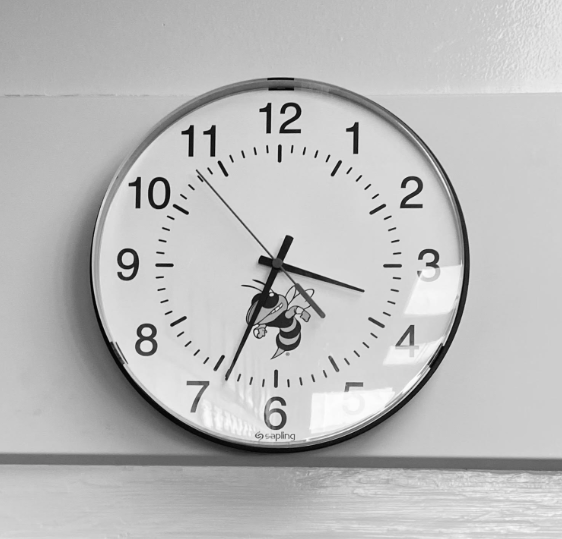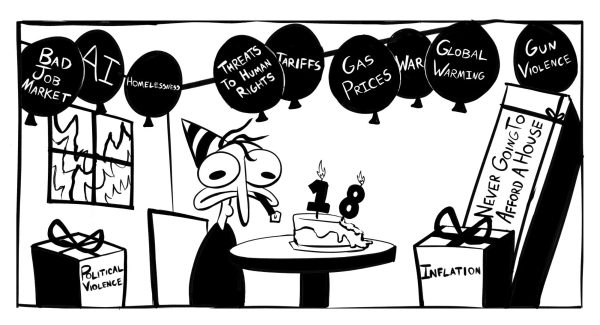Death to DST

This past Sunday, Americans moved their clocks back an hour as they transitioned from using Daylight Saving Time to using Standard Time. While many Americans appreciated the extra hour of sleep, they will very likely not feel the same way come March 12, 2023, when the clocks skip sixty minutes. In four months, not only will these Americans wake up feeling exhausted, but they will be at a higher risk for accidents and will be more likely to be unproductive, exemplifying the notion that Daylight Saving Time is an outdated and overly complicated event on the calendar that should be eliminated swiftly.
Sleep is crucial to the human body, and losing even one hour of the former can disrupt many of the latter’s processes and patterns. A lack of sleep, especially in older individuals, can also induce heart attacks, strokes, and headaches. A disruption in the circadian rhythms of a person can result in hormone fluctuations, weight gain, irritability, and sleep deprivation, which can create increased risks for accidents while driving or working. In fact, there has been a recorded increase in the incidence of car accidents the Monday following Daylight Saving Time in the Spring.
Daylight Saving Time is also bad for the economy. Some economists have estimated that DST results in losses nearing $2 billion. A lack of focus and concentration limits the amount of profit that can be generated. Combine this phenomenon with millions of workers across the country and the result is significantly decreased productivity.
Finally, Daylight Saving Time fails to accomplish one of its principal purposes: energy conservation. Back when DST was first introduced, Americans were using inefficient Tungsten light bulbs to power their homes. Now, however, with the use of CFLs and LEDs, modern light bulbs that are much more effective in conserving energy, using an hour less of energy no longer has the same effect it had 20-30 years ago. Thus, while DST *may* save electricity, the extent to which it does is negligible, and this trend will continue as technology continues to improve.
Earlier this year, Congress proposed the Sunshine Protection Act, a federal law that would make Daylight Saving Time permanent and eliminate the need to move clocks back and forth biannually. Hopefully, Congress will pass this act sooner rather than later and the American people will be able to look at Daylight Saving Time in the rearview mirror.
“Five Good Reasons for Getting Rid of Daylight Saving Time.” The Dallas Center for Sleep Disorders.
https://www.dallas-sleep.com/blog/5-good-reasons-for-getting-rid-of-daylight-saving-time
“Daylight Saving Time Explained.” YouTube, uploaded by CGP Grey, 24 Oct. 2011, https://www.youtube.com/watch?v=84aWtseb2-4

Senior Parth Joshi is currently serving as an Editor-in-Chief of Stinger. This is his third year as a member of Stinger, having previously served...









